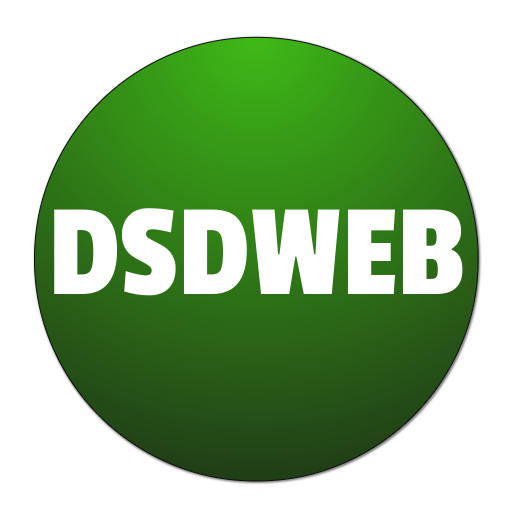This page is designed to answer the following questions:
- 1.3 Mechanisms and resources that support learning and development in adult care settings (Level 5 Diploma in Leadership and Management for Adult Care, Professional development, supervision and performance management)
NOTE: This page has been quality assured for 2023 as per our Quality Assurance policy.
For this assessment criterion, you will be required to evaluate the benefits of using a range of sources and systems of support for professional development for both yourself and members of your team. Some things that you may want to consider are discussed below.
Financial resources
Because professional development is such an important part of working in health and social care, it will be necessary to reserve part of the annual budget for this purpose. A realistic amount should be set aside to ensure that minimum and mandatory training is covered, with reserves for additional training requirements for unexpected needs (e.g. new clients, high staff turnover, changes to legislation etc.)
You should also take time to research and investigate funding options in relation to training. For example, government funding is available for apprenticeships and local authorities may run free training courses to meet the needs of the population in their particular region.
Of course, as a manager, you should ensure that all training opportunities are provided in a fair and equitable way and you will also want to ensure that they are aligned with business objectives.
Literary resources
Staff members that complete apprenticeships or other training will need access to books and journals and you may consider providing these resources as part of a workplace library. You may also ask employees that have completed training to donate the books they no longer use. This can include textbooks that follow the course as well as books by leading experts in particular fields (e.g. leadership, reflective practice, positive behaviour management etc.) Other options can include industry magazine subscriptions and membership to online databases of journals to access research and studies.
Digital resources
E-learning provides options for team members to learn and be assessed on knowledge from anywhere that they have internet access as well as providing your organisation with a way to easily store the progress and results of each learner.
Peer shadowing, coaching, mentoring & buddying
Shadowing is a process for inexperienced team members to learn their role and responsibilities by following, observing and working with a more senior staff member. Care should be taken to ensure that you are confident in the senior person’s abilities within their role and in teaching others.
Coaching is a method of finding solutions and learning by having somebody to discuss issues with and who will prompt you with the right questions to find the answers yourself.
Mentoring is similar, however, it is more instructive in nature and the mentor will often provide answers to issues based on their own knowledge and experience. Mentors are usually senior members of staff that are familiar with the work setting, including organisational values and processes, whereas coaches can be external to the organisation and may even work in a totally unrelated field. More information about coaching and mentoring can be found in this sample essay.
Buddying is a form of partnership working that is similar to mentoring but more informal. An inexperienced team member may be ‘buddied up’ with a more experienced peer as a source of learning and support.
It is important with all these methods that all parties agree to the process and are not forced into the role.
Use of external training providers
External training providers can offer specialist knowledge about a subject area as well as knowledge about how to deliver training for it most effectively. However, they can be expensive and so the benefits should be balanced against the costs, with in-house training also being a consideration.
Training needs analysis
Training needs analysis is used to identify what training is required within the organisation to ensure that everyone has the skills and knowledge that they need for their role as well as learn about areas for which they have a personal interest. When learning and development needs are identified, the best way to deliver that training can be strategised.
Personal development planning
All team members should have a Personal Development Plan (PDP) that is written in collaboration with their manager to identify their learning goals and how and when they will achieve them. This will be part of the supervision and appraisal process.
Support for staff with learning needs
It is important to be aware that team members may have additional learning needs and these must be taken into account when training is planned and delivered.
For example, older learners may prefer printed materials, rather than screen-based learning, whereas e-learning may come more naturally to younger learners. Individual learning styles should also be considered and accommodated for – if the majority of learners are kinaesthetic learners, it would be wise to have practical sessions as part of the training. More practical elements may also benefit learners that use English as their second language and perhaps are not able to read and write as effectively.
Learning difficulties, such as dyslexia and dyscalculia should be supported. For example, individuals with dyslexia may have difficulty reading black text on a white background and so coloured paper or overlays may be used.
